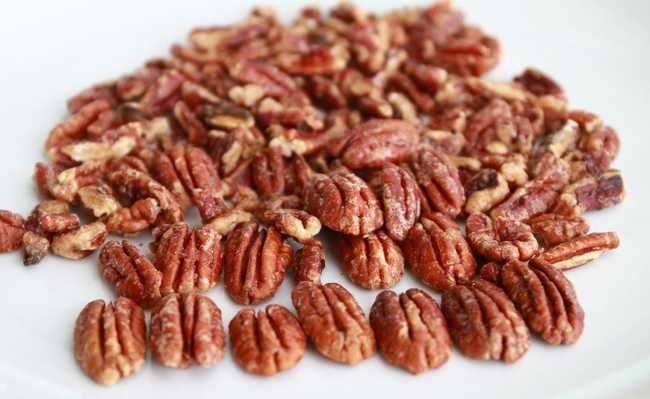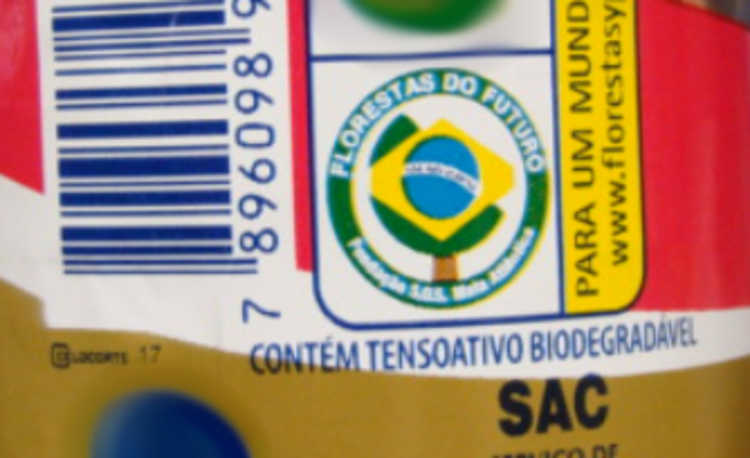VOCs: Learn about volatile organic compounds
Unknown to many, these chemical compounds deserve extra attention during use.

Image: Tim Mossholder on Unsplash
One of the most toxic substances that surround us in our daily lives are volatile organic compounds (VOCs) and, as with persistent organic pollutants, sometimes we are not even aware of their existence.
- Five Tips to Lower VOCs in Your Home
What are Volatile Organic Compounds?
Volatile organic compounds are chemical components present in different types of synthetic or natural materials. They are characterized by having high vapor pressure, which makes them turn into gas when they come into contact with the atmosphere.
The US Environmental Protection Agency (EPA) has begun to adopt the term VOC s to describe gases emitted by solids or liquids, some of which can cause short- or long-term health damage.
We can find volatile organic compounds in general solvents, repellents, cleaning products, makeup and cosmetics, pesticides, dry-cleaned clothes, paints, furniture, carpets, carbon paper, glue, fuels, permanent markers and even surfboards. In summary, every synthetic material that has some kind of smell has VOC s in its composition. We can also find them in nature, when released by plants.
Even so, it is always important to emphasize that not all volatile organic compounds are bad for your health. Compounds found in perfumes, cosmetics or those released by plants are not necessarily harmful.
health risks
Exposure to this type of material can cause headaches, skin allergies, irritation of the eyes, nose and throat, shortness of breath, fatigue, dizziness and poor memory. During long periods of exposure, volatile organic compounds can damage the liver and the central nervous system.
In addition, some types of volatile organic compounds, such as benzene, found in cigarette smoke, car smoke, and fuel, are known to cause cancer in humans. On the other hand, chloromethane, present in removers and in aerosol sprays, when entering the human body, becomes carbon monoxide (CO). In CO poisoning, the hemoglobins in our blood find it more difficult to distribute oxygen throughout the body, which can lead to death by suffocation.
How to avoid volatile organic compounds?
There is no official protocol on how to avoid volatile organic compounds. But even so, when using them, keep in mind some precautions suggested by the EPA. Use the products as instructed by the manufacturer and, whenever possible, in open environments with large air circulation.
Do not buy large quantities of the products mentioned above, always be careful with the disposal of their packaging and keep them out of reach of children and animals.
Also, avoid aerosols and prefer water-based paints. In general, try to avoid products like the ones mentioned above. These are tips that contribute to the conscious and responsible consumption of dangerous products, potentially harmful to human health.










